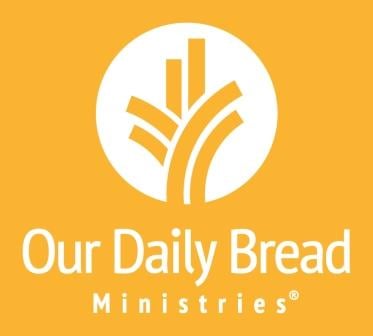Topic: Power of Touch [Our Daily Bread 17 November 2018 Devotional]
Read: Mark 1:40–45, Bible in a Year: Ezekiel 5–7; Hebrews 12 Moved with compassion, Jesus reached out and touched him. Mark 1:41 nlt Dr. Paul Brand, twentieth-century pioneer medical missionary to India, saw firsthand the stigma associated with leprosy. During an appointment, he touched a patient to reassure him treatment was possible. Tears began to stream down the man’s face. An attendant explained the tears to Dr. Brand, saying, “You touched him and no one has done that for years. They are tears of joy.” Early in His ministry, Jesus was approached by a man with leprosy, an ancient label for all types of infectious skin diseases. Because of his disease the man was required by the Old Testament law to live outside his community. If the sick man accidentally found himself in close proximity to healthy people, he had to call out, “Unclean! Unclean!” so they could avoid him (Leviticus 13:45–46). As a result, the man may have gone months or years without human contact. Filled with compassion, Jesus reached out His hand and touched the man. Jesus had the power and authority to heal people with just a word (Mark 2:11–12). But as Jesus encountered a man whose physical illness left him feeling isolated and rejected, His touch assured the man that he was not alone but accepted. As God gives us opportunities, we can extend grace and show compassion with a gentle touch that conveys dignity and value. The simple, healing power of human touch goes a long way to remind hurting people of our care and concern. Prayer: Lord Jesus, thank You for the personal way You reached out to care for hurting people. Help me to follow Your example and extend compassion in my actions. Caring for others may include a compassionate touch.INSIGHT: After Jesus healed the leper, why did He warn him not to tell anyone? (Mark 1:44). The Scriptures don’t reveal Jesus’s motive, but what follows could provide a hint: “But go, show yourself to the priest and offer the sacrifices that Moses commanded for your cleansing.” The first priority was to show himself to the priest. Why? In ancient Israel, leprosy was seen as a physical disease with spiritual implications. Therefore, when the first symptoms were experienced, the afflicted person would go to the priest—not the doctor—to be diagnosed (Leviticus 13). If cleansing took place, the priest would need to confirm that healing. Additionally, the priest was required to offer a specific and unusually detailed sacrifice after a leper was cleansed (Leviticus 14). In the entire Old Testament there are only two recorded healings of lepers-Miriam (Numbers 12:10–15) and Naaman the Syrian (2 Kings 5:1–14), and in neither case does the Scripture record that this specific, detailed sacrifice was made. Therefore, it’s quite possible that the first time this specific sacrifice was offered was in response to the healing described in Mark. But first the leper must “show [himself] to the priest” to have his healing confirmed.
Bill Crowder
If you missed yesterday devotional, please click to read “Our Daily Bread Devotionals HERE” This message was written By Lisa Samra [Our Daily Bread Ministries.]
